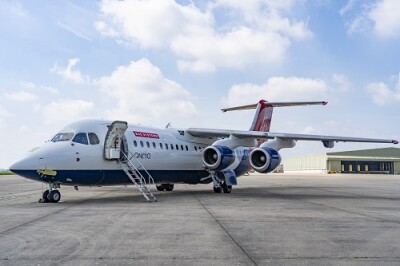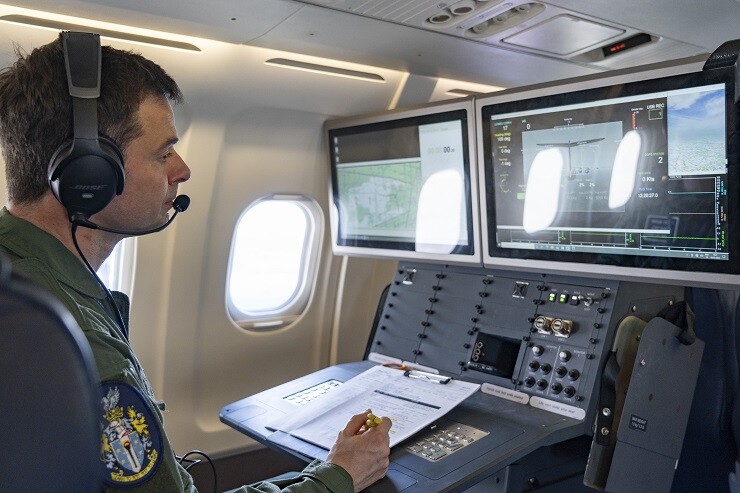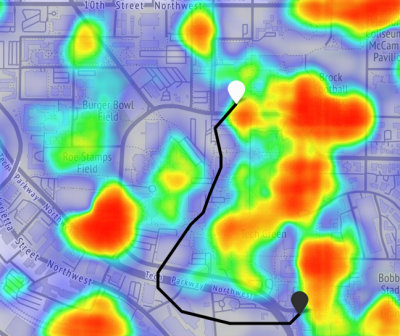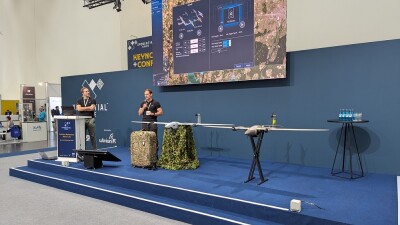With increased frequency comes increased risks and therefore the word “redundancy” is the key element in everything to do with aviation, crewed or uncrewed. Redundant systems are a must when lives are at stake.
We are currently dealing with the issue of communications and the need to maintain a constant, uninterrupted link between the operator, or pilot in command (PIC) and the uncrewed aerial vehicle (UAV), especially in autonomous flights and eventually beyond the visual range of the operator (BVLOS).
One issue that we have taken for granted, though, is that navigation using satellites, being GPS or GNSS, is ubiquitous and should be assumed to be available at all times. With increased conflict in the Middle East and Eastern Europe, disruptions to these navigational staples are more frequent, and the industry is concerned that disruptions of service can extend beyond these conflict areas.
 Because navigational precision and reliability are elements that will be required to allow uncrewed aircraft to join the National Airspace (NAS) and share the skies with their crewed counterparts, new technologies and non-satellite unorthodox approaches are inevitable.
Because navigational precision and reliability are elements that will be required to allow uncrewed aircraft to join the National Airspace (NAS) and share the skies with their crewed counterparts, new technologies and non-satellite unorthodox approaches are inevitable.
One development in particular caught our attention last week when the government of the United Kingdom announced, in partnership with the company Infleqtion that it had successfully completed commercial flight trials of advanced quantum-based navigation.
The Infleqtion technology is known as Quantum-Based Navigation (QBN), and even though GPS jamming typically does not affect an aircraft’s flight path, quantum-based positioning, navigation and timing (PNT) systems are designed to provide accurate and resilient navigation, complementing existing satellite systems and offering uninterrupted operations for global air traffic.
We had an opportunity to question Timothy Balance, CEO of Infleqtion UK, about his company and its technology.
“In principle, Infleqtion’s technology will be suitable to be used in small, uncrewed aircraft, however current systems have focused on demonstrating performance over miniaturization,” Timothy said.
In a series of test flights that concluded on May 9, the team led by Infleqtion has demonstrated two ground-breaking quantum technologies: the compact Tiqker optical atomic clock and a tightly confined ultra-cold-atom-based quantum system, both aboard QinetiQ’s RJ100 Airborne Technology Demonstrator, a modified aircraft. The technology being tested on the flight will form part of a Quantum Inertial Navigation System (Q-INS), which has the potential to revolutionize PNT, with the system offering exceptional accuracy and resilience, independent of traditional satellite navigation using GPS.
Even though the tests were conducted in a modified British Aerospace RJ100, a traditional crewed aviation airliner, the potential for uncrewed aviation is also important.
“The UAV sector will represent a significant sector for quantum-enhanced inertial navigation systems in the future. These systems will enable autonomous vehicles to navigate securely for long periods and give operators the confidence that these systems will be robust against GNSS outages & denial,” Timothy said.
Countries around the world are concerned about the reliability of navigation systems that are out of their control, and satellite is a prime example of this dependency.  The owners of these systems, countries such as the US, Russia, the European Union, and China can impose restrictions and signal degradation such as spoofing and jamming and everyone using the service for free is powerless.
The owners of these systems, countries such as the US, Russia, the European Union, and China can impose restrictions and signal degradation such as spoofing and jamming and everyone using the service for free is powerless.
Q-INS is still a long way from being a realistic alternative to small drones, but the UK tests and the willingness of Infleqtion to penetrate the uncrewed market is encouraging.
“We are working on miniaturized devices using photonic integrated circuits to allow highly compact systems, and these are in our term development roadmap,” Timothy said emphatically. “Compact and lightweight systems are not available today as many of the building block components, such as advanced laser systems, are still under development. The current form factors of quantum inertial sensors are on the 19-inch-rack scale.”
Even though it is too early to include quantum inertial navigation in the list of technologies that we will use to demonstrate to the civil aviation authorities around the world that it is safe to integrate crewed and uncrewed aviation, it is possible to see a future when this revolutionary navigation system will be among the improvements that lead to a more mature industry.















Comments